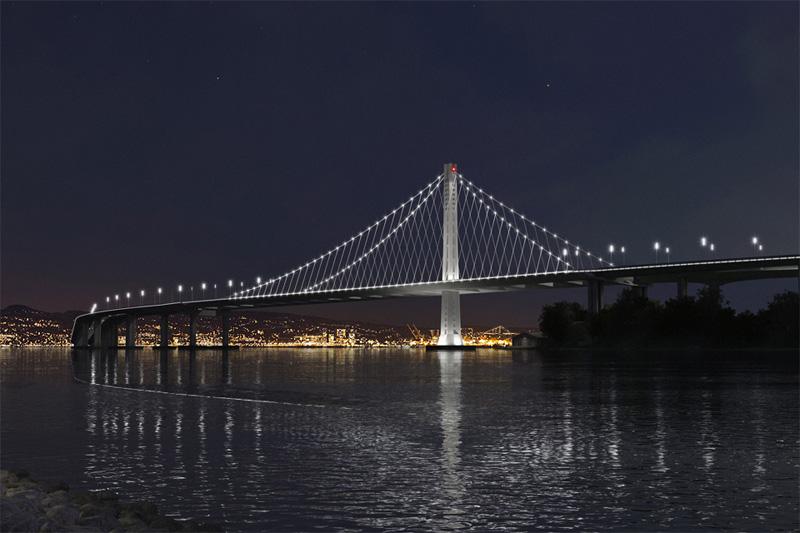
CAD News for Govies is a weekly feature on Acronym that scans thousands of industry articles to present you with a regular source of CAD and GIS news, information and ideas that impact the public sector. Here’s the latest round-up:
3 Tips to Make More Accurate Project Cost Estimates
Estimating project costs can be tough. Here are three tips from Line/Shape/Space that help take the guessing out of the process. Read more.
Find the Perfect AutoCAD App on Autodesk Exchange
The Autodesk Exchange is filled with plenty of apps that are certain to improve your AutoCAD experience. In this video tip from Cadalyst and Lynn Allen, you'll see how to access the Autodesk Exchange and find the perfect app — some are even free!
Modifying the Environment File in AutoCAD® Electrical
AutoCAD Electrical uses - what is called - an environment file (wd.env) to control where the software retrieves data. Some of the functions include where AutoCAD Electrical looks for vendor part numbers located in the databases, where the library is located for various symbols used, and where the menu files are located that allow you to choose the schematic symbols. This blog post from Synergis explains some of the most important areas of the environment file you should consider making changes to. Read more.

4 Tips to Effectively Archive Your Construction Projects
You’ve worked hard. The project is done and construction is complete. So, what happens to the project data? The drawings, the specifications, the OEM manuals, and all other associated data have to go somewhere - they can’t just be deleted; plus, space and data storage are always at a premium. So, the trick here is to archive effectively. Make sure that the data is stored securely, using optimum space to ensure economic usage. More importantly, make sure the data is stored in a format that can be retrieved whenever necessary, at any time. There will also be a legal side to this, where data has to be stored for a minimum period of time for legal reasons such as insurance, liability, and ownership.Get four tips to help effectively archive your projects in another great blog from Line/Space/Shape.
10 Mind-Blowing Bridges That Connect Two States (Or Countries!)
There's no cooler way to pass from state to state (or from country to country) than by bridge. You're driving or walking along, enjoying the scenery, and POOF! the bridge drops you off in a wondrous new land.Here are 10 bridges, courtesy of Huffington Post, that let you jump major boundary lines with one simple cross. Read more.
Convergence of BIM, Geospatial, Imagery and 3D Enables New Vertical Industry Solutions
Over half of the world's 6 billion population lives in cities and this proportion is expected to increase as we move toward 9 billion by 2050. This is driving investment in new and refurbished buildings and infrastructure.
The world's construction industry including buildings, electric power, water and wastewater, roads, rail, and sea ports and airports contributes about $7 trillion annually or 10% of the world GDP. Over the next two decades these sectors will see a massive infusion of investment estimated in the range $20 to $50 trillion.
In addition, as governments find they have less and less money for capital infrastructure projects, a greater proportion of the investment in infrastructure will come from the private sector, which will drive an increased focus on productivity to improve returns on investment. That in turn is driving a transformation of the construction industry that is reflected in accelerating adoption of vertical industry solutions based on integrated BIM, imagery, geospatial, 3D visualization, and geospatially-enabled data management.
In his blog post, Autodesk’s Geoff Zeiss, outlines some real-world examples of the application of converged BIM, imagery, geospatial, and 3D solutions.
Boosting Innovation by Rethinking Government Procurement
Earlier this month, Philadelphia launched a new 12-week accelerator program called FastFWD that will select 10 entrepreneurs to develop innovative projects around public safety challenges. One end goal is that the city will award contracts to several of the projects developed during the program.
FastFWD comes on the heels of a newly launched innovation center by North Carolina that will let the state test technologies before purchasing them. Both initiatives are attempts to ease frustration with government procurement processes that tend to discourage innovation and limit flexibility.
The traditional government RFP process -- with its long timelines, complex rules and tight guidelines around liability -- tends to scare off some of the IT industry's most innovative companies, said Dugan Petty, former Oregon CIO and procurement director.
“You have this situation which is still going on today, where in many states there’s an effort to transfer all of the liability to the contractor,” Petty said. “And that’s got a cost that makes it exorbitant.”
Read more from Government Technology.
















































